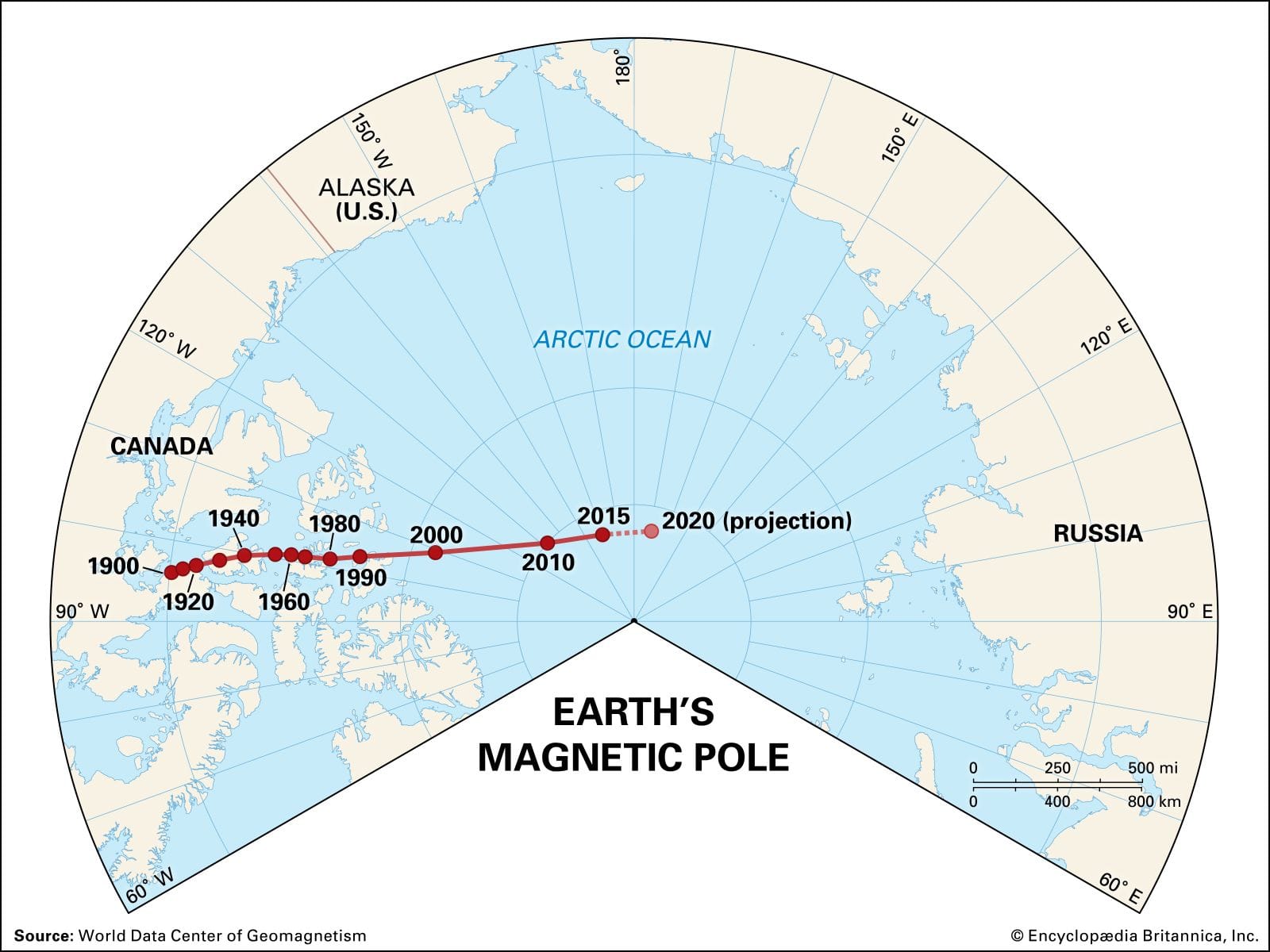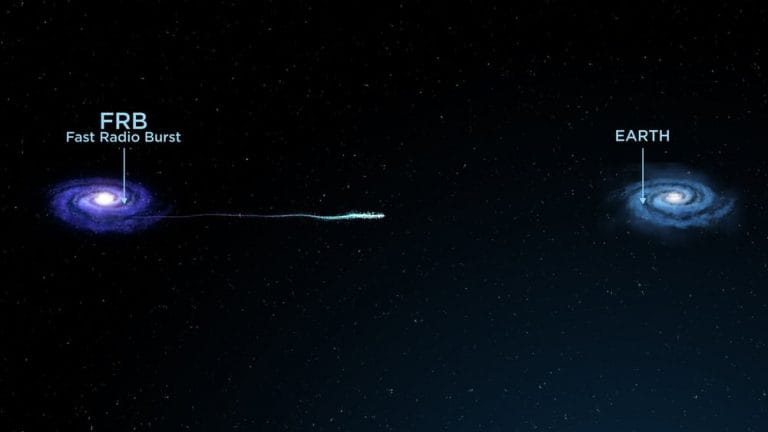The Earth’s magnetic north pole has officially been repositioned, marking a significant change that has implications for navigation, environmental science, and geophysics. This adjustment is the result of ongoing fluctuations in the Earth’s magnetic field, which are caused by the complex movements of molten iron within the outer core of the planet. The magnetic north pole is not static; rather, it drifts over time due to these geophysical processes, leading to the necessity of regular updates to navigation systems and maps.
The latest data reveals that the magnetic north pole has moved further towards Russia, specifically the Siberian region, at a rate that has accelerated in recent years. Historically, the pole has traveled from the Canadian Arctic toward the geographic North Pole, but recent measurements indicate a rapid shift of approximately 55 kilometers per year. This change has necessitated updates to the World Magnetic Model, which serves as a critical reference for navigation worldwide.
This repositioning is not merely a matter of academic interest; it has practical implications for various sectors, including aviation, maritime navigation, and even GPS technology. Modern navigation systems rely heavily on accurate magnetic data, and any discrepancies can lead to miscalculations, potentially resulting in safety risks. As such, organizations like the National Oceanic and Atmospheric Administration (NOAA) and the British Geological Survey have been actively monitoring the pole’s movement to ensure that navigational aids remain reliable.
The magnetic north pole is essential not only for navigation but also for the migration patterns of certain wildlife species. Many animals, including birds and sea turtles, utilize the Earth’s magnetic field as a guide during their migratory journeys. As the magnetic pole shifts, it may impact these natural patterns, leading to changes in animal behavior and potentially affecting ecosystems.
Geophysicists have long been studying the dynamics of the Earth’s magnetic field. The field itself is generated by the movement of molten iron in the Earth’s outer core, creating complex flows that can lead to variations in magnetic strength and direction. The magnetic field is also subject to periodic reversals, where the magnetic north and south poles switch places. While these reversals occur over thousands to millions of years, the current movement of the magnetic north pole is an ongoing process that has been observed and documented extensively.
The implications of this repositioning extend beyond navigation and wildlife. Earth’s magnetic field plays a crucial role in protecting the planet from solar and cosmic radiation. The field acts as a shield, deflecting charged particles from the sun that could otherwise have harmful effects on the atmosphere and life on Earth. As the magnetic field continues to fluctuate and evolve, scientists are keen to understand how these changes may affect the planet’s climate and environment.
Efforts to track the magnetic north pole’s movement involve global collaboration among scientists and institutions. Data is collected from various sources, including satellites, ground-based observatories, and research expeditions. This collaborative approach ensures that the information is precise and up to date, allowing for timely updates to navigational charts and systems.
In conclusion, the recent official repositioning of the Earth’s magnetic north pole highlights the dynamic nature of our planet’s magnetic field. This shift, moving towards Russia, is a reminder of the intricate processes occurring beneath the Earth’s surface and their broader implications for navigation, wildlife, and our understanding of Earth’s geophysical phenomena. As we continue to monitor these changes, it is essential for industries reliant on magnetic data to stay informed and adapt to the evolving landscape of the Earth’s magnetic field.


